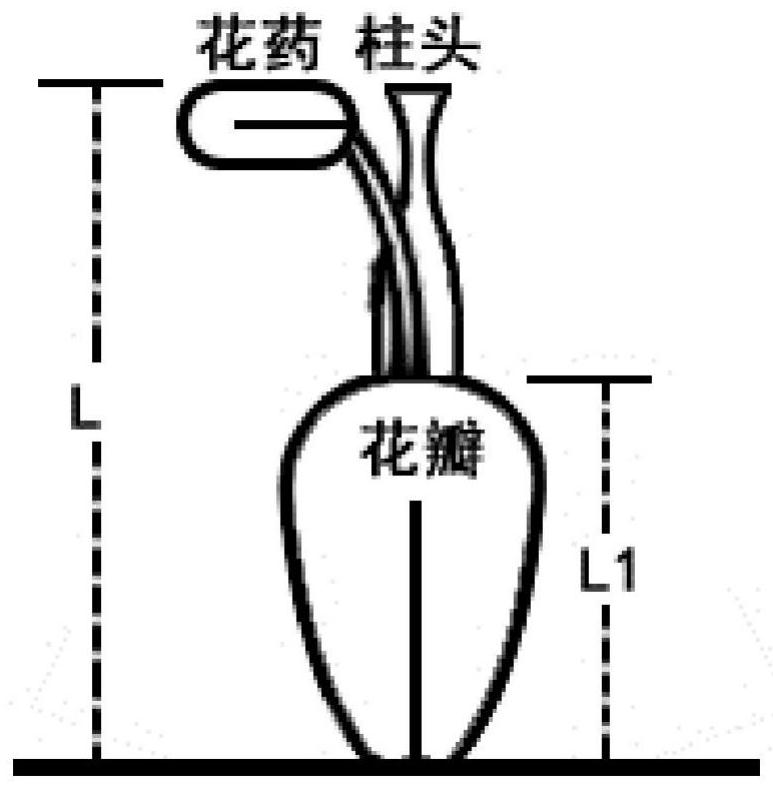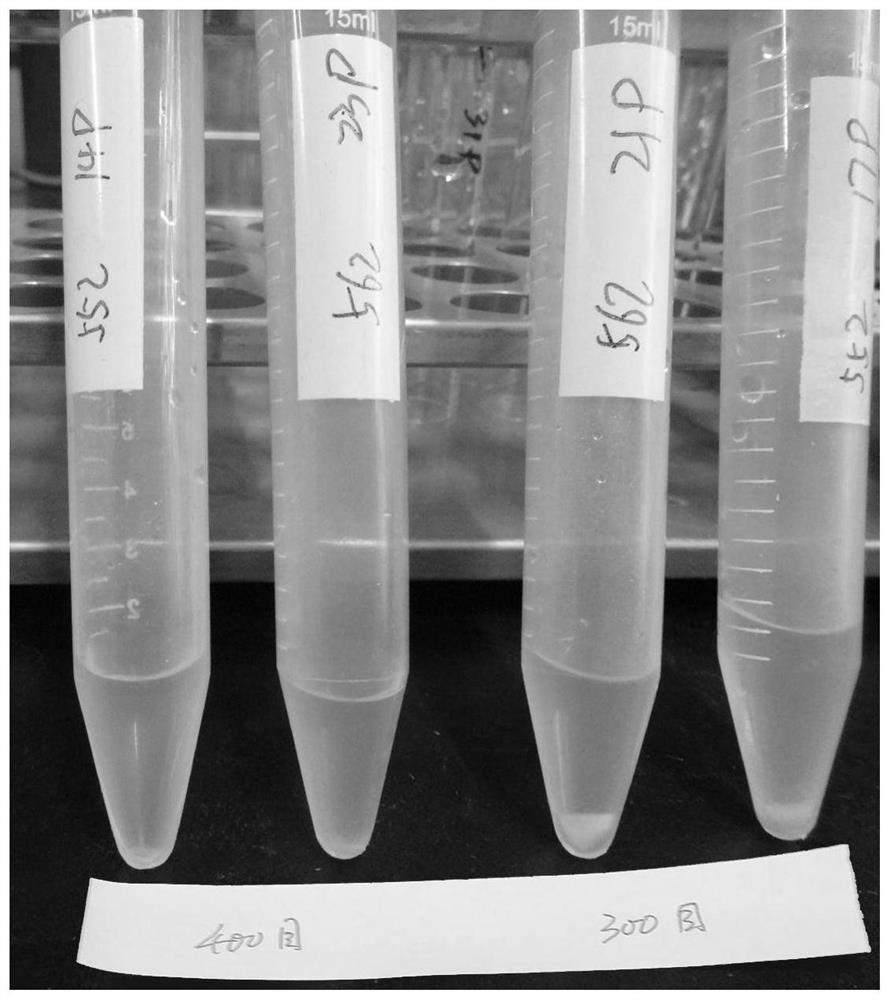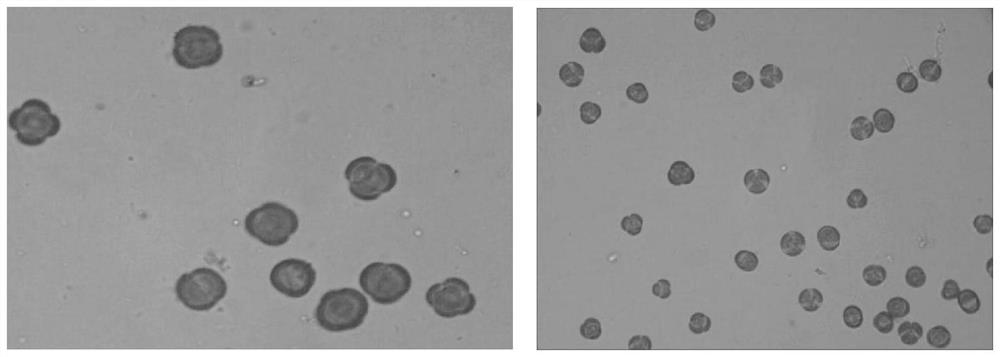Method for creating diploid germplasm resources by using tetraploid Chinese cabbages
A tetraploid and Chinese cabbage technology, applied in horticultural methods, botanical equipment and methods, applications, etc., can solve the problem of slow self-homozygous speed of tetraploid Chinese cabbage, homogeneity of diploid Chinese cabbage resources, etc. question
- Summary
- Abstract
- Description
- Claims
- Application Information
AI Technical Summary
Problems solved by technology
Method used
Image
Examples
Embodiment 1
[0044] 1. Chromosome doubling in diploid Chinese cabbage
[0045] (1) Pregermination: Take 1g of the seeds of the diploid Chinese cabbage inbred line 'Fanxinbai', soak the seeds in warm soup at 55°C, wrap them with damp soft gauze, and germinate them in a 28°C thermostat for 12-20 hours, at 80% It is advisable for the seed coat to crack and spit out white.
[0046] (2) Sowing: Use 50 hole trays to sow 2 trays, sow 3-4 seeds in each hole (guarantee 1 seed for germination), sow at a depth of 1cm, cover the substrate and cover with plastic film to keep moisture, in an artificial climate room at 25°C and light intensity Seedlings were grown under 1000-1500lx, and the plastic film was removed in time after the seedlings broke through the soil.
[0047] (3) Double treatment: When the cotyledons are unfolded, put the absorbent cotton balls with a diameter of 3-5 mm in the middle of the cotyledon tightly against the growth point, drip the absorbent cotton balls with 0.2% colchicine s...
PUM
 Login to View More
Login to View More Abstract
Description
Claims
Application Information
 Login to View More
Login to View More - R&D
- Intellectual Property
- Life Sciences
- Materials
- Tech Scout
- Unparalleled Data Quality
- Higher Quality Content
- 60% Fewer Hallucinations
Browse by: Latest US Patents, China's latest patents, Technical Efficacy Thesaurus, Application Domain, Technology Topic, Popular Technical Reports.
© 2025 PatSnap. All rights reserved.Legal|Privacy policy|Modern Slavery Act Transparency Statement|Sitemap|About US| Contact US: help@patsnap.com



